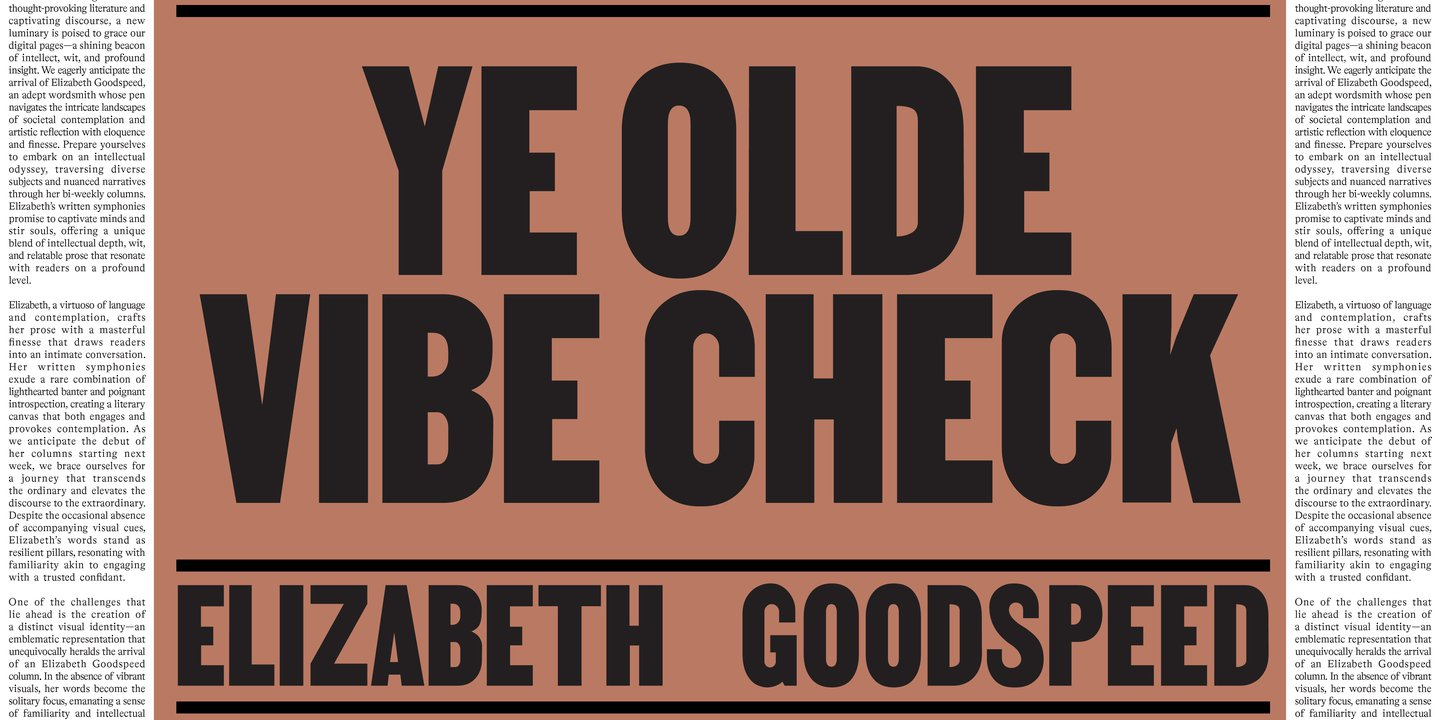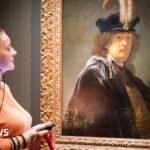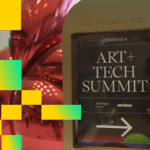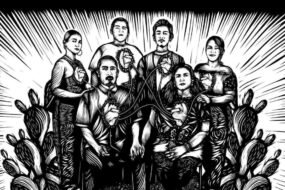
Then there are all the “weird little guys” — fucked up creatures like gargoyles, griffins or just plain badly drawn cats that flank the sides of contemporary posters and Instagram posts like marginalia (a far cry from the chipper midcentury brand mascots going around the past few years). Alongside this bestiary, you’ll also find lots of actual paintings and drawings from the Medieval Period being used as background imagery or clip art — unlike 20th-century artwork, 16th-century work is all undeniably in the public domain, after all. Compositions are often symmetrical or utilise framing borders, echoing the meticulous balance seen in medieval paintings. Then again, this symmetry is frequently accompanied by a peculiar irregularity as well — one that mirrors the off-kilter qualities of a medieval artist population that hadn’t quite cracked two-point perspective yet.
We can probably tie the revival of Medieval aesthetics to the resurgence of media about the Middle Ages and the fantasy genre more generally. The 2020s have seen a smattering of humorously anachronous medieval dark comedies, like My Lady Jane, The Green Knight, Catherine Called Birdy, Decameron and the soon-to-be-released Seize Them, not to mention all the fantasy content that mines the era for mise-en-scène like The Rings of Power, House of the Dragon, Baldur’s Gate and Dungeons & Dragons (the game and the 2023 film). The rise of Catholic-core and occult aesthetics on TikTok seems relevant here too, with both traditions offering visually rich and highly symbolic imagery that resonates strongly with a disenchanted population. Gold crucifixes, lace mantillas, pentagrams (the star, not the international design conglomerate) and tarot cards all feel both ancient and otherworldly, appealing to a generation fascinated by spirituality, mysticism and the supernatural.











